Stand-up paddleboarding is a fun and accessible watersport for adults of all ages. If you’re a beginner looking to paddle on lakes, calm rivers, or coastal bays for leisure, choosing the right board and gear will set you up for success.
Whether you plan on gentle cruises or practicing SUP yoga, the goal is to find a board that is stable, easy to handle, and fits your needs.
This comprehensive guide breaks down everything you need to know – from board types and sizing to essential accessories and safety tips – so you can buy with confidence and get out on the water smoothly.
Types of Paddleboards for Beginners
All-Around SUPs (Best for Beginners)

For most newcomers, an all-around paddleboard is the ideal choice.
All-around boards are the “jack-of-all-trades” – they offer a balance of stability, maneuverability, and moderate speed across a variety of conditions.
These boards typically have a planing hull (surfboard-like shape) and a wide, stable platform.
They perform well for recreational flatwater paddling, small waves, SUP yoga, and general fun. An all-around board will help you build confidence and handle a bit of everything as you start out.
Touring (Flatwater) SUPs
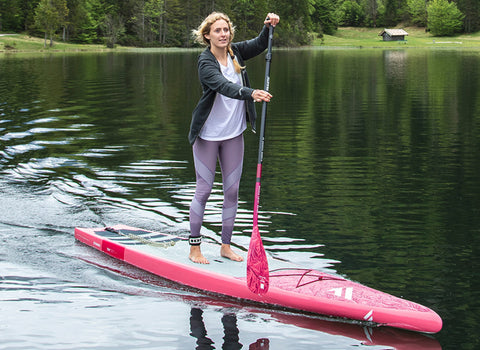
Touring boards are designed for more efficient paddling on calm water.
They are longer and often have a pointed nose (displacement hull) for better glide and tracking on distance trips.
A touring board can be a good option if you know you want to paddle longer distances on lakes or bays. However, they tend to be narrower than all-around boards, which can make them less stable for true beginners.
If you opt for a touring SUP early on, choose one that is wide enough (around 32″) to provide ample stability for your weight.
Surf SUPs
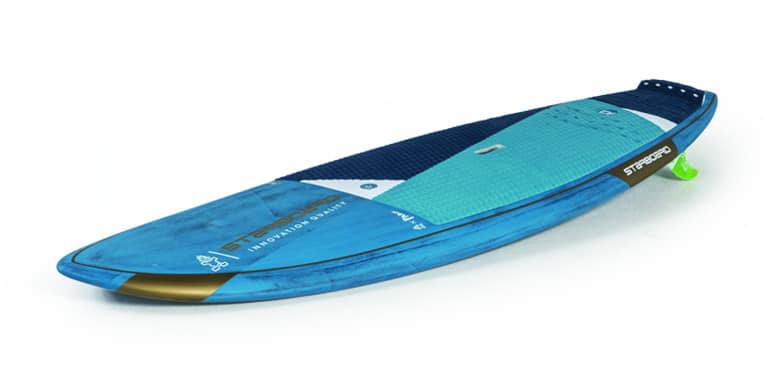
These are shorter boards, usually under 10′, designed for catching waves in the ocean.
Surf-specific SUPs are more maneuverable and have a narrower, more rockered shape suited to turning on waves.
They are not recommended as a first board unless your primary goal is surfing – their lower volume and smaller size make them wobblier for a novice on flat water. (You can always learn basics on a stable all-around board and graduate to a surf SUP later if wave riding interests you.)
Specialty Boards (Yoga, Fishing, etc.)
Some boards are tailored for specific activities – for example, yoga SUPs with extra width and full-length deck pads, or fishing SUPs with mounts for gear.
These are variations of all-around boards. As a beginner, you can certainly use an all-around board for yoga or bring a fishing rod on board. If you have a very specific niche interest, you might consider these specialty boards, but they aren’t necessary to start.
The key is that the board is wide and stable enough for whatever activity you plan.
Recommendation
Start with an all-around SUP – it will give you the most versatility as a beginner.
Once you gain experience and have a better sense of your paddling style, you can explore more specialized boards (like a sleeker touring or racing model).
All-around boards also tend to hold their resale value well, so you can upgrade later and sell your first board, or keep it as a versatile spare.
Inflatable vs. Hard Boards: Pros & Cons
One of your first decisions will be whether to get an inflatable (iSUP) or a hard (solid) SUP. Both types can work great for beginners, but there are trade-offs in terms of convenience, performance, and cost.
Inflatable SUPs
Pros
Highly portable and easy to store – they deflate and roll up into a duffel/backpack, making them ideal for those with limited storage or small cars.
Inflatables are durable against bumps and drops; the PVC material and air cushion can withstand knocks on rocks or docks without cracking.
They’re also lighter to carry around and softer to fall on, which beginners appreciate. Many find inflatables very stable for their size, since they have uniform thickness and volume throughout.
Cons
You’ll need to inflate/deflate the board each time (typically 5–10 minutes with a hand pump, or quicker with an electric pump).
This extra setup can be a minor hassle. While quality inflatables get quite rigid at 12–15 PSI, they still have slightly less stiffness and speed compared to a hard board – you might expend a bit more effort to paddle and won’t reach the same top speed.
There’s also a (small) risk of punctures or leaks, though a good inflatable uses tough, military-grade PVC to minimize this, and repair kits are available for patching small holes.
Hard SUPs (Solid Boards)

Pros
A solid epoxy or fiberglass board offers the best on-water performance. Hard boards are generally faster and more efficient to paddle – they glide smoothly and track straight with less flex.
They also come in a wide variety of shapes and sizes, so you can find a precise fit for your needs (there are finely tuned designs for everything from racing to surfing).
Hard boards tend to ride lower in the water, which can give a more stable feel, especially in choppy conditions or waves. And, of course, there’s no setup required: you can grab your board and go straight to the water without pumping it up.
Cons
The biggest drawbacks are storage and transportation.
A 10- to 12-foot solid board is bulky – you’ll need space in a garage or shed to store it, and a vehicle (with roof rack or truck bed) to transport it. Hard boards are also more fragile in terms of impacts; the fiberglass/epoxy shell can get dinged or cracked if you drop the board or hit a rock, requiring repairs.
They are typically more expensive than inflatables as well, especially models with high-end construction. Finally, falling on a hard board can hurt more (they don’t have any “give”), whereas an inflatable feels a bit padded.
Bottom line
If you lack storage space or want the easiest solution, an inflatable SUP is often the best choice for beginners – you get a durable, versatile board you can take anywhere.
If you prioritize maximum performance (speed/tracking) and have a way to transport and store a big board, a hard SUP could be your pick.
Many recreational paddlers start on a quality inflatable because it’s convenient, then potentially move to a hard board later on if they get into more specialized paddling.
Both types can be a lot of fun – weigh the pros and cons against your lifestyle and priorities.
Recommended: Electric SUP Drive Performance for March 2025: Key Insights
Choosing the Right Size (Weight & Height)
Getting a board that’s the proper size for your body is crucial for stability. The board needs to support your weight (plus any gear) and feel comfortable for your height. Here’s how to choose the right dimensions:
Volume & Weight Capacity
Every SUP has a volume (in liters) and a recommended weight capacity. Volume is a measure of the board’s buoyancy – higher volume boards float more weight.
As a beginner, you want a board with plenty of volume for your weight so it floats high and stable. If the board is too small for you, it will ride low in the water, feel unstable, and be hard to paddle.
Always check the manufacturer’s weight capacity rating and choose a board that can handle your body weight plus any extra gear (and even a small passenger, like a child or dog, if that’s in your plans). It’s wise to have a buffer – e.g. if you weigh 180 lbs, a board with 200+ lbs capacity is preferable.
Rule of thumb: For beginners, a good guideline is to multiply your weight (in pounds) by about 1.1 to 1.4 to get a suitable board volume in liters. For example, a 170 lb paddler might look for roughly 187–238 L of volume. This isn’t an exact formula, but it helps ensure the board will easily float you. (Heavier paddlers need more volume; lighter paddlers need less. Most all-around SUPs are in the 200–250 L range, which suits a wide range of adults.)
Length and Width
The most popular beginner SUP sizes are in the ballpark of 10’0″ to 11’6″ long and 32″ to 34″ wide, which tends to fit adults in the average weight range up to around 200 pounds. A board in this size range offers a nice balance of stability and manageable handling.
If you’re on the heavier side (200–250+ lbs), you may benefit from a slightly longer (11–12′) board or one on the wider end (34″ or even 36″) to increase the volume and stability. Conversely, a lighter paddler (under ~150 lbs) can consider boards on the shorter side (around 9’6″–10’6″) or slightly narrower (~30″–32″), which can be easier to turn and propel for a smaller person.
Keep in mind that very wide boards (35″+) can feel ultra-stable, but if you are a shorter paddler, you might find an excessively wide board awkward – you have to reach over the side to paddle, which can be uncomfortable and inefficient. In general, stick to the 30″–34″ width range and you’ll be fine.
Height Considerations
Your height is a secondary factor (weight matters more), but it can influence what feels comfortable. Taller paddlers have a higher center of gravity, so they may appreciate a bit of extra width or thickness for stability.
If you’re very tall (say 6’4″+), a longer board (11–12′) with good volume will feel more stable under you. Shorter paddlers (for example, a 5’2″ person) might prefer a board on the smaller side so it’s not too cumbersome, and should be cautious not to go too wide.
As mentioned, an extremely wide board can be a challenge for a shorter person to paddle properly. The key is to choose a board that you can comfortably carry and handle both on and off the water.
Sizing summary
Check the manufacturer’s specs for volume and weight capacity – ensure your weight is under the limit with room to spare. For most adult beginners, an all-around board around 10’6″–11′ long and ~32″ wide is a safe bet that will feel stable.
If you’re bigger, lean toward the larger end (11’+ length, 34″ width, maybe a thicker 6″ inflatable). If you’re smaller, you can go a bit shorter or narrower, but don’t skimp too much on width or volume while you’re still learning.
When in doubt, err on the side of a slightly larger board – extra stability is more valuable as a beginner, and you can always progress to a sleeker board later on.
Material Types and Durability
Hard Board Construction
Most solid SUPs are built with a lightweight EPS foam core wrapped in layers of fiberglass and epoxy resin. This composite construction strikes a balance of weight, stiffness, and durability.
High-end hard boards may incorporate carbon fiber (to save weight and add stiffness) or wood veneers (for strength and aesthetics), but these tend to drive up the price. There are also some hard boards made from molded plastic (similar to a kayak material); these are very tough and affordable, but heavy and generally lower in performance. With proper care, a good fiberglass/epoxy board can last many years.
However, be mindful that hard boards can get damaged by impacts – if you drop the board on pavement or hit a rock, you might end up with a ding or crack in the outer shell. Minor dings can be repaired with epoxy kits, but larger damage might require professional fixes. It’s wise to use a board bag or padded cover during transport to prevent scratches or cracks.
Inflatable Board Construction

Inflatable SUPs are made of heavy-duty, military-grade PVC material with an internal drop-stitch core (thousands of tiny threads connecting the top and bottom layers) that allows the board to hold high pressure and keep a flat shape. When you pump it up to full pressure (typically 12–15 PSI), a quality inflatable becomes very rigid and firm to the touch.
Modern iSUPs are impressively durable – they can bounce off rocks or logs without puncturing, and the materials resist abrasion well. You don’t need to worry about small knocks like you would with a fiberglass board.
Just avoid dragging it over sharp objects (broken glass or coral) that could cut the PVC. If an inflatable does get a leak, it usually comes with a repair patch kit, and small punctures can be easily patched. Inflatables have the advantage that they won’t crack or ding; even if you drop it, it’s just air and fabric, no harm done.
Over many years, the main wear might be slight material fatigue at the folds (if always stored folded) or seam leaks, but good brands are built to last and often offer multi-year warranties on seams.
Comparative Durability
It may surprise beginners that inflatables can be more durable in rough use than hard boards – a high-quality inflatable SUP can handle abuse (banging into docks, being tossed in the back of a car) better than a fiberglass board, which could chip or delaminate on impact.
On the flip side, hard boards don’t risk deflating – as long as you treat them carefully, there’s no “failing seam” concern. In practice, both types are plenty robust for recreational use. If you’ll be paddling in rocky rivers or dragging the board over beaches, inflatables have an edge in toughness. If you’ll be in open water or caring gently for the board, a hard board will hold up fine.
Tip: No matter the board, rinse it with fresh water after use in saltwater to keep it in good shape, and avoid prolonged exposure to sun/heat (don’t leave a board baking on the beach or atop a hot car for hours). UV and heat can degrade materials over time – UV can yellow or weaken fiberglass, and extreme heat can damage both fiberglass (causing delamination) and inflatables (excess pressure). Store your board in a cool, shaded place when possible to maximize its lifespan.
Stability and Board Shape (Width, Thickness, Hull Design)
Several design factors affect a board’s stability and how it rides. As a beginner, you’ll want a shape that emphasizes stability and easy handling over specialized performance. Here’s what to know about shape:
Width
Board width is one of the biggest determinants of stability. A wider board is always more stable than a narrow board, since it has a broader platform under your feet.
Most beginner boards are 31–34″ wide for this reason. However, width comes with trade-offs – a very wide board can be slower to paddle (more drag) and can be awkward if it’s too wide for you to reach the water comfortably. Generally, stick in the low-30s inch range. For instance, 32″ is a common sweet spot for stability without being barge-like.
If you’re a larger person or really nervous about balance, 33–34″ wide will feel ultra stable. But we don’t recommend widths beyond ~35″ for most people, because the board will start to feel sluggish, and shorter paddlers will struggle to paddle without hitting the sides of the board.
Length
The length of a SUP influences its speed and turning. Longer boards (12′+) glide faster and track straighter, but shorter boards (under 10′) turn quicker and are easier to handle out of the water.
As a beginner on flat water, you don’t need extreme length – about 10–11 feet is plenty to get decent glide. Very short boards are usually for surfing or kids, which would compromise your stability and speed. Very long boards (12–14′) are for racing or touring and can be unwieldy if you’re not needing that speed. Length also ties into volume (longer = more volume generally), which aids stability.
One practical consideration: think about transporting and storing the board – a 10’6″ board is easier to carry and fit in garages than a 12’6″ one. In summary, moderate length = user-friendly. If you do lean toward a longer touring board, just ensure it’s not too narrow so it remains beginner-friendly.
Hull Shape (Nose and Bottom Contour)
SUPs come mainly in two hull types
Planing Hull
This is a flat-bottomed, wide shape (like a surfboard) with a rounded nose. Planing boards are designed to ride on top of the water. They are very stable and easy to turn, making them ideal for beginners and recreational use.
An all-around board will typically have a planing hull. These hulls excel in versatile conditions – from flat lakes to a bit of chop – and are also used for activities like SUP yoga or surfing small waves. They don’t cut through water as efficiently as displacement hulls, but they feel very steady.
Displacement Hull
This hull has a pointed nose or bow (akin to a kayak or canoe) that cuts through the water rather than riding on top of it. Displacement boards are more efficient and faster – they track straight and glide farther per stroke, which is why they’re used for touring and racing.
The trade-off is that they tend to be narrower and less maneuverable than planing hulls. A displacement hull board can be a bit tippier side-to-side if you’re not used to it. Many displacement boards are for intermediate paddlers, but there are some stable touring designs that beginners can use.
If you primarily want to cruise longer distances, you might consider a stable displacement hull around 12′ x 32″ (there are “touring” iSUPs in this category). Otherwise, most beginners are happiest starting on a planing/all-around hull for general recreation.
Thickness
Board thickness contributes to volume and affects stability in different ways. Hard boards have varying thickness profiles (thicker in the center, thinner at rails), whereas inflatables have a uniform thickness (usually 5″ or 6″).
For an inflatable, thickness is important: 5″ thick is standard for all-around iSUPs and is usually sufficient for riders up to ~220 lbs, providing a good balance of stiffness and a lower center of gravity. Some cheaper inflatables are 6″ thick to add volume/stiffness with less sophisticated construction. 6″ thickness does add more buoyancy (good for very heavy riders or extra gear), but it also rides higher (slightly less stable if you’re light) and catches more wind.
If you’re heavy (>225 lbs), a 6″ thick board can give you the needed volume. Otherwise, many people prefer the feel of a 5″ thick board for better handling. For hard boards, thickness is baked into the design – you don’t choose it, but note that a thicker board (along with width) will generally carry more weight. If you’re smaller, you don’t want an overly thick board that you barely sink (that can feel like you’re perched on a cork).
Manufacturers fine-tune thickness to match a board’s intended rider weight. As a beginner, you mostly just ensure the board’s volume is right for you; the thickness is one factor in that.
Outline Shape & Tail
These finer design points won’t matter too much in your first purchase, but for completeness: Boards with a wider, squared-off tail tend to be more stable (more surface area in the back adds stability when stepping back or in waves).
Boards with a narrow or tapered tail turn a bit easier but can be less forgiving if you move back on them. The board’s rocker (curvature) also affects how it handles chop and waves – a higher rocker (more curved nose) goes over waves better (good for ocean or whitewater), while a flat rocker tracks better on flat water. Most all-around boards have moderate rocker to handle a bit of everything.
You don’t need to obsess over these details as a beginner, but it explains why two boards of the same size might feel different on the water. Reading reviews can give you insight into a board’s shape stability if you’re torn between models.
Paddle and Accessories for Beginners
Choosing a board is step one – but you’ll also need a paddle and some essential accessories to get started. Many paddleboard packages for beginners include these items, but it’s good to know what to look for:
Paddle
Your paddle is your engine on the water, so get a decent one. For beginners, an adjustable paddle is best, so you can fine-tune the length and share it with others. Most beginner packages include an aluminum or fiberglass paddle. Aluminum paddles are cheapest – durable but relatively heavy. Fiberglass or carbon fiber paddles are lighter and more efficient (carbon being the lightest and priciest).
As a recreational paddler, a fiberglass or fiberglass-carbon mix paddle is a nice upgrade for weight savings, but aluminum will do if you’re on a budget. Make sure the paddle can be adjusted to the right length: the general rule is about 8–10 inches taller than your height. For example, if you’re 5’8″ (68″ tall), set the paddle around 76″–78″ (roughly 6’4″).
A quick way to size: stand the paddle up vertically and reach up – the handle should reach your wrist when your arm is stretched above your head. When paddling, remember to hold the paddle with one hand on the top handle (the “T-grip”) and the other hand a couple of feet down the shaft, and keep the blade angled forward (away from you) – many beginners mistakenly hold the paddle backwards (blade angling toward them), but the blade should angle toward the nose of the board for proper strokes.
Leash
A SUP leash is a vital safety accessory that tethers you to your board. One end straps around your ankle (or calf), and the other end attaches to the board’s leash D-ring. If you fall off, the leash ensures your board (which is a big flotation device) doesn’t drift away, keeping it within reach.
Always wear your leash when paddling in open water – it can literally save your life by keeping you connected to your buoyant board. There are a few types of leashes: coiled leashes (that spring up and don’t drag in the water) are ideal for flatwater; straight leashes are sometimes used in surf. For recreational paddling, a coiled ankle leash is recommended (it won’t snag submerged objects as easily and doesn’t create drag behind you).
Never go paddling without a leash – even on a calm lake, an unexpected fall could send your board out of arm’s reach, especially if it’s windy. As one safety guide puts it, your board is a life-saving device and you don’t want it floating away in a fall. (One exception: in river paddling with current, special quick-release leash systems are used to avoid snagging hazards. But as a beginner, you likely won’t be on swift rivers yet.)
PFD (Personal Flotation Device)
In many jurisdictions (including the U.S.), a stand-up paddleboard is legally considered a vessel when used outside swim/surf zones, meaning you are required to have a life jacket (PFD) with you. Laws aside, it’s smart to wear a PFD whenever you paddle, especially if you’re not a strong swimmer or are far from shore.
There are comfortable belt-style inflatable PFDs that won’t get in your way, or standard foam life vests (some are even tailored for paddle sports, allowing arm movement). The bottom line: wearing a PFD can save your life if an accident happens.
Even if you’re a good swimmer, unexpected things (like getting hit on the head by your board, or an illness) could make it hard to stay afloat. So strap on that PFD – it’s a simple habit that can prevent tragedy. (Also, many areas require you to carry a safety whistle and light if paddling after dark – good to know, even though most beginners stick to daytime.)
Pump
If you choose an inflatable board, you’ll need a pump to inflate it. Most iSUP packages include a manual dual-action pump. These hand pumps work fine – expect to pump for ~5-10 minutes to reach ~15 PSI. It’s a decent cardio warm-up!
As a beginner, this is workable, but if you start paddling frequently, you might invest in an electric SUP pump that plugs into your car (or has a battery). Electric pumps automatically inflate the board to the set PSI and shut off, so you can prep other gear while it pumps. Whether manual or electric, be sure to inflate to the recommended PSI – under-inflation will make the board feel flexy. Also, get a pump that has a gauge to show the pressure.
Pro tip: Don’t leave an inflatable fully inflated in a hot car or sun for extended periods – the air can expand and stress the seams. It’s fine to leave it pumped up during the day while you paddle, but if it’s going to bake in heat, release a bit of air.
Fins
Fins underneath your board are key for tracking (going straight) and stability. Most SUPs have one center fin (about 8–10″ long) and sometimes additional side fins. Larger fins with a wider base provide more stability and straighter tracking, while smaller fins make the board easier to turn.
All-around boards often use a 3-fin “thruster” setup (one big center fin and two small side fins) to balance straight paddling and maneuverability. Touring boards might have a single longer fin to maximize straight-line glide with minimal drag. Inflatable boards typically come with detachable fins that slide into fin boxes – this is convenient for packing the board up.
As a beginner, you usually don’t need to mess with different fin types right away; just use the fin setup that comes with your board. Do make sure your fins are properly installed before paddling (center fin secured with the pin/clip or screw, and side fins clicked in if removable).
Also be mindful of shallow water – fins can break or pop out if you scrape the bottom. If launching from a beach, walk out to knee-deep water before hopping on so the fins aren’t grinding on sand or rocks. Spare fins and fin screws/clips are good accessories to have, as these can be lost.
Lastly, if your board has flexible rubber fins (common on some inexpensive inflatables), know that they are nearly indestructible, but performance is a bit worse than a rigid fin. You might upgrade to a rigid aftermarket fin later for better tracking if needed.
Other Accessories
A few other items can make your paddling life easier:
Board leash strap or carry strap: Some boards include shoulder straps or you can buy one to sling the board for carrying if it’s heavy or if you have a long walk.
Deck bungees: Most boards have bungee cord tie-downs on the nose or tail. Use these to secure a dry bag, water bottle, or sandals. (If not included, you can often add stick-on d-rings to an inflatable.)
Dry bag: A small waterproof dry bag is great for keys, phone, and snacks. Tuck it under the bungees.
Waterproof phone case: Good idea to have your phone on you for safety (in case you need maps or to call for help). A floating waterproof case you wear around your neck or waist works well.
Sun protection and attire: Not exactly SUP-specific gear, but worth mentioning: wear sunscreen, a hat, and sunglasses (with a strap) on the water. Also consider water shoes if launching on rocky areas, and appropriate clothing (wetsuit or drysuit for cold conditions, or swimsuit/rashguard for warm weather).
Kayak conversion kit (optional): Some inflatable SUPs come with or have the option for a kayak seat attachment and a 2-blade convertible paddle. This lets you sit and paddle kayak-style, which can be a fun alternate use. Not necessary, but a neat add-on if you want versatility.
In summary, don’t skimp on a good paddle, leash, and PFD – these directly impact your comfort and safety. Most beginner board packages will include the basics (board, pump, paddle, leash, bag).
Double-check what’s in the package when buying. You might need to purchase a PFD separately, and possibly upgrade the paddle later if the included one is very heavy. Having the right accessories from the start ensures you can hit the water safely and enjoyably.
Storage and Transportation
Think about where you’ll keep your paddleboard and how you’ll transport it to the water. Here’s how to manage a bulky 10-11 foot board:
Transporting a Hard Board
If you get a solid board, you’ll likely need a roof rack or foam block system for your vehicle.
These boards are too large to fit inside most cars. The common method is to use rack pads (or foam blocks) on your car’s roof, then straps to tie the board down securely (always strap through the body of the car, not just the racks). There are also purpose-built SUP or surfboard racks that attach to crossbars for added security.
It’s important to secure the board well – nose facing forward and down, straps tight, with no loose ends flapping. Driving with a board on the roof is routine for many paddlers, but remember it’s up there when pulling into garages or low clearance areas! For smaller vehicles, some use tailgate pads (for trucks) or even interior tie-downs (for vans) if the board can angle inside. But most of the time, expect to put it on the roof.
Once at home, store the board off the ground – either on a wall rack, standing on its tail in a corner, or even hanging from the ceiling. Keep it in a shaded or indoor area if possible. Sun and heat are the enemies; a garage or shed is ideal. If you must store it outside, use a UV-protective cover or bag, and try not to expose it to long days of sun. Also, avoid letting a hard board rest on concrete in high heat (the bottom can warp slightly) – hence the wall racks or padded stands.
Transporting an Inflatable
Inflatables are incredibly convenient in this regard. You can deflate the board and pack it into a backpack or carrying bag, which will fit in any car trunk and even as luggage on airplanes.
This is one of the biggest selling points of inflatables. If you’re traveling, you can fly with your SUP – just check it in (in its bag) like any other luggage. The bags typically have shoulder straps or wheels. Do note, a rolled-up inflatable package can weigh 30–40 lbs (board, pump, paddle, etc.), so it’s not super light, but it’s compact. You also have the option to transport an inflatable inflated on a roof rack like a hard board (some people do this for short distances to avoid deflating), but extended car topping of an inflatable is not recommended (wind can stress it, and it’s better to pack it).
At home, you can either store the board rolled up in its bag or leave it inflated (out of direct sun). If you’re using it every few days in season, you might keep it lightly inflated (maybe ~5 PSI) in a garage so it’s quicker to top off next time. Just make sure it’s completely dry before you roll it up for long-term storage to avoid mildew. A cool, dry storage spot is best for longevity. Many paddlers love that an inflatable can tuck into a closet – no need for a dedicated big storage rack.
General Tips
Always rinse off your board (and accessories like leash and paddle) with fresh water after using in saltwater or dirty water. This prevents corrosion (in pump parts, fin screws, etc.) and keeps your gear in good shape. For hard boards, avoid long-term sun exposure to prevent UV damage and overheating. For inflatables, do not leave them fully pumped under hot sun for extended periods (the air inside expands and can stress the seams).
If a wet board must be stored in a bag (like after a session on vacation), take it out to dry as soon as you can. And don’t forget about your car – if you transport the board inside or on the roof, secure it well and use protective padding so you don’t scratch your car or damage the board. With a little care, you’ll find storing and hauling your SUP becomes second nature.
Recommended: DIY Guide: Upgrading Your SUP with an Electric Motor
Price Range and Budget Considerations
Paddleboards come in a wide range of prices. As a beginner, you should set a budget that gets you a reliable, safe board and essential accessories without breaking the bank. Here’s what to expect at different price points:
Entry-Level ($200 – $500)
In this range you’ll find many basic inflatable SUP packages. These are often sold online (Amazon, etc.) and include the board, a simple paddle, pump, and leash.
The low end ($200-$300) boards are typically no-frills: single-layer PVC construction, fewer features, and paddles that may be aluminum and heavier. They can absolutely work for casual use on calm water, but durability and performance are a step down from pricier models.
Pros: Very affordable, complete kits, great for occasional fun or tight budgets. Cons: They may not last as long (seams and materials are lower quality), might flex more, and often the pump or paddle isn’t the best quality.
If you’re unsure about the sport, an entry inflatable can be a reasonable way to start. Just manage expectations – you get what you pay for. (There are also very cheap foam hard boards ~8-10’ in this range, but those are usually toy-like or for kids.)
Mid-Range ($500 – $900)
This is the sweet spot for many beginner adults. Here you’ll find higher-quality inflatables and some lower-end hard boards.
For ~$600–$800 you can get a good all-around inflatable SUP package from a reputable brand, with better construction (e.g. dual-layer PVC or fusion construction that is stiffer) and lightweight fiberglass or hybrid paddles. These boards typically perform much better and come with solid warranties. You might also find some epoxy hard boards around $700–$900 (often basic all-around shapes or older models on sale).
Recommendation: If your budget allows, spending around $600 on a reputable iSUP kit will likely get you a noticeable jump in quality over a $300 Amazon board. Mid-range boards are aimed at recreational paddlers and families – great balance of quality and value.
Premium ($900 and up)
High-end inflatable boards (from top brands with deluxe construction) and most quality hard boards fall in this range. Hard boards especially tend to start around $900 for a decent epoxy model and can go $1500+ for carbon fiber or specialty designs. These boards often offer the best performance, lightest weight, and durability – but you pay for it.
As a beginner, you likely don’t need to splurge on the top-of-the-line model. However, if you have a bigger budget and plan to paddle a lot, investing in a well-known brand board can pay off in long-term durability and satisfaction. Premium boards might include features like superior fins, better deck pads, and accessory mounts, or simply the cachet of a performance brand.
Budget tips
Remember to factor in the cost of a PFD (~$50-$150) if you don’t have one, possibly an electric pump (~$100) for convenience, and any other accessories you might need (roof rack, wetsuit for cold climates, etc.). Sometimes spending a bit more up front on a package that includes everything will save you money versus buying items separately. Watch for seasonal sales – paddleboards often go on sale at the end of summer.
Also consider the used market: you can find great deals on used boards, especially hard boards, as people upgrade. Just be sure any used hard board is free of major damage (no soft spots or large unrepaired dings), and any used inflatable holds air without leaks.
If buying new online, stick to known brands or ones with good reviews – there are many off-brand boards, and while some are fine, others might have misleading specs. Reputable brands often come with 1-3 year warranties and customer support.
In summary, expect to spend at least a few hundred dollars for a complete beginner setup. A safe range for a decent beginner SUP kit is probably $400-$800. At that level you can get a board that will serve you well for years if you take care of it.
If your budget is lower, you can still start paddling on an entry-level board – just be gentle with it and upgrade down the line if you get hooked. There’s a paddleboard for every budget; just aim for the best quality you can reasonably afford so you have a positive experience.
Where to Buy: Online vs. Local Shops
If you value convenience and cost, online might be the way to go (just stick to known brands or sellers and mind the warranty).
If you value expert help and seeing before buying, patronize a local shop if you have one nearby – you’ll likely get a better sense of what you’re buying and build a relationship for future needs. There’s nothing like picking up and holding a board to know if you can handle it.
Many beginners start online for the price advantage, and many others start local for the confidence – either is fine as long as you do a bit of due diligence. If you do buy online, open the package and inspect your board as soon as it arrives, and don’t hesitate to contact the seller if something isn’t right.
If buying local, don’t be afraid to ask the salesperson plenty of questions (that’s what they’re there for!). In the end, get your board wherever it makes sense for you – the water awaits!
Tips for First-Time Paddlers (and Mistakes to Avoid)
When you’ve got your new paddleboard and are ready to hit the water, keep these beginner tips in mind. They’ll help you paddle safely and avoid common frustrations:
Safety first
Always wear your leash and a PFD when paddleboarding. These two items could save your life if you fall or get tired far from shore. Leash and life jacket on, every time – even on calm water. Also, check the weather forecast and avoid going out in strong winds or storms.
Beginners should stick to calm, sheltered water (lakes, bays, slow rivers) until they build skills. Wind is the big one – it can be surprisingly hard to paddle back against wind. A good rule: if it’s whitecapping or very gusty, save SUP for another day.
Proper stance and balance
Start by kneeling on the board to get a feel for balance. When standing up, place your feet shoulder-width apart and centered around the carry handle (the handle is usually the balance sweet spot). Don’t stand too far forward or back – if you’re too forward, the tail (fins) lifts out and the board is hard to control; too far back and the nose plows water. Aim for feet just behind the handle, evenly spaced from the board’s centerline.
Keep a slight bend in your knees, and look at the horizon, not down at your feet – keeping your gaze up will naturally help your balance (plus you’ll enjoy the view more!). If you feel wobbly, widen your stance a little or lower your hips. With a stable board and proper stance, you’ll find your balance quickly.
Hold the paddle correctly
A very common beginner mistake is holding the paddle the wrong way. Remember, the paddle blade should angle forward (away from you), not scoop backward. The angled face of the blade should point toward the nose of the board, which may feel counter-intuitive at first. Also, make sure one hand is on the top grip and the other is lower on the shaft – reach up and grab the top of the paddle with your outside hand each time you switch sides.
Keep your hands about shoulder-width apart on the paddle (you can do the trick of putting the paddle on your head; your elbows should form about a 90° angle). By gripping the top T-handle and not “choking up” too much, you’ll get better power and control. If you catch yourself paddling with arms straight up and down or the blade backwards, adjust that technique early – it’ll pay off in more efficient paddling and less shoulder strain.
Fall the right way
If (and when) you fall off the board, don’t panic – it happens to everyone and is part of the learning process! The key is to fall away from your board, ideally to the side, so you land in the water and not on the board. A board is a big object – you don’t want to smack onto it or have it smack into you. So if you lose balance, throw your body to the side or back (not forward onto the board).
Try not to fall on your paddle either, as it could injure you or break. And never dive headfirst off your board – you might be in shallow water and not realize it. Just a nice feet-first or side-first plop into the water is best. Falling is normal; just climb back on by grabbing the handle or rails and pulling yourself up (practice climbing on from deep water – it can take a couple tries). If you’re wearing your leash, your board will be right next to you after a fall.
Board prep – inflation and capacity
If you’re on an inflatable, make sure you inflate it to the proper PSI before each session. Under-inflated boards feel soft, flex in the middle, and are much less stable. Pump it up to at least the minimum recommended pressure (e.g. 12–15 PSI; many perform best around 15) – you’ll feel the difference in stiffness.
On the flip side, do not overinflate beyond the recommendation, as that can stress the seams (most pumps won’t let you go past a certain point anyway). Also, don’t overload your board beyond its weight capacity. If you exceed the weight limit, the board will sink low, drag, and be hard to paddle. This includes any gear or an extra passenger. If you plan to bring a cooler or a friend, factor that in. It’s better to take two boards or make two trips than overload one. Staying within capacity ensures the board performs as intended.
Avoid shallow water for fins
Try not to paddle (or fall) in water shallower than about knee-deep, because your fins stick down several inches. Running aground in very shallow water can stop your board abruptly and fling you off, or worse, damage/break a fin if it strikes the bottom. When launching, it’s best to wade out until the water is about thigh-deep before you hop on and start paddling.
Similarly, when approaching shore, hop off and walk it in once you’re in the shallows to avoid grinding the fins. If you do encounter a shallow patch suddenly, step off the board or shift weight forward (lifting fins a bit) to get over it. And remember to remove your center fin before rolling up an inflatable – many newcomers forget and end up bending it.
Watch the wind and weather
We touched on this, but it bears repeating as a tip: wind can be a paddler’s worst enemy. Many beginners underestimate how quickly wind or currents can carry them away. Start by paddling upwind or up-current when you set out, so that the return trip (when you’re a bit tired) has help from the wind/current pushing you back.
If you’re on a large lake or bay, stay fairly close to shore; it’s easy to drift out. Keep an eye on the weather – storms can roll in fast. If you hear thunder or see lightning, get off the water immediately.
And avoid offshore winds (blowing from land out to sea) at the coast – they can push you out to sea before you realize it. Check local conditions, wear appropriate gear for the water temperature (cold water is a hazard), and don’t paddle alone in unfamiliar areas.
Practice basic techniques
Take a few minutes in calm water to practice turning (sweep strokes, back paddling) and stopping (reverse stroke). Learn to shift your weight slightly back to lift the nose when needed (for getting over boat wakes or small waves).
Little skills like these go a long way. If you have access to a lesson or SUP class, consider it – a quick lesson can teach you proper stroke form, which will make your paddling more efficient and enjoyable. But if not, plenty of online tutorials can help too. Essentially, the more you paddle, the more comfortable you’ll get. Start slow and focus on form rather than racing around.
enjoy the journey! Starting a new activity is both exciting and challenging. Don’t get discouraged by an initial wobble or a fall. With a stable board and a bit of practice, most people find their sea legs quickly and are cruising around after a short time. SUP is as much about relaxing and having fun as it is about technique. So while these tips will help you avoid pitfalls, the main goal is to have a blast and explore.
Every paddler was a beginner once, making the same little mistakes – it’s all part of the learning curve. Take it at your own pace, stay safe, and soak in the experience of walking on water!
Conclusion
Embarking on your stand-up paddleboarding journey is an exciting step – you’re on your way to gliding across scenic waters and making great memories. By choosing the right beginner-friendly board and gear, you’ll set yourself up for success from day one.
Remember to prioritize stability and practicality: a nice wide all-around board (often inflatable for convenience) will serve you well for recreational paddling. As you progress, you can always refine your setup or add new boards to your quiver, but your first SUP should be a dependable partner that builds your confidence.
SUP is one of the easiest watersports to get into, and also one of the most rewarding. It offers a unique mix of relaxation and a full-body workout, plus the chance to connect with nature. As you paddle off on calm mornings or sunny afternoons, you’ll quickly see why so many people fall in love with this hobby.
Stay safe, practice the basics, and don’t be afraid to ask for advice – the paddle community is generally very welcoming to newcomers. With the information in this guide, you’re well prepared to make an informed purchase and avoid the common beginner pitfalls.
Now the only thing left is to get out there and enjoy! Take your time shopping for the right board, then hit the water. Every stroke you take will improve your skills. Before long, you’ll be confidently exploring waterways, whether that’s a tranquil lake, a meandering river, or along the shoreline at the beach. Welcome to the world of SUP – have fun, stay curious, and happy paddling!
FAQs
Q: Is stand-up paddleboarding easy for beginners?
Yes! SUP is easy to learn. With a stable board and calm water, most beginners can paddle within 15–30 minutes. Practice makes it easy.
Q: Which is better for beginners – an inflatable SUP or a hard board?
Inflatable SUPs are best for beginners because they’re portable and easy to store. Hard boards are better for performance but need more space.
Q: What size paddleboard should I get as a beginner?
A 10’6” to 11’6” board, 32”-34” wide, is ideal. It’s stable and easy to handle.
Q: Do I need to wear a life jacket (PFD) on a paddleboard?
A: Yes, always wear a PFD for safety. It's also required by law in some places.
Q: How do I transport and store my paddleboard?
Inflatable SUPs are easy to store in a bag. Hard boards need a roof rack. Store them in a dry place, out of the sun.
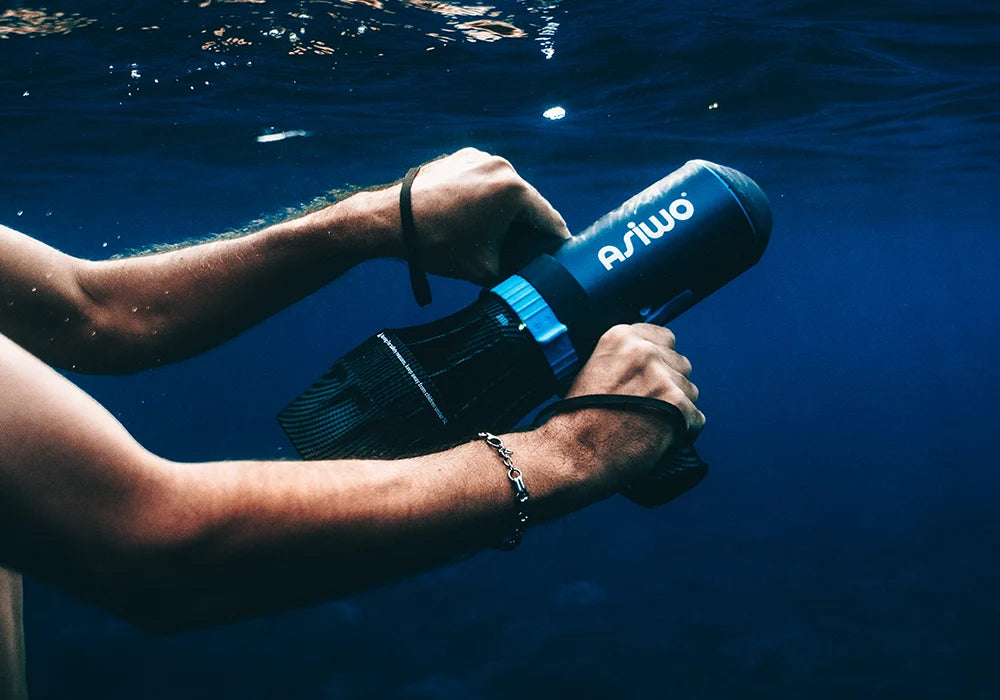




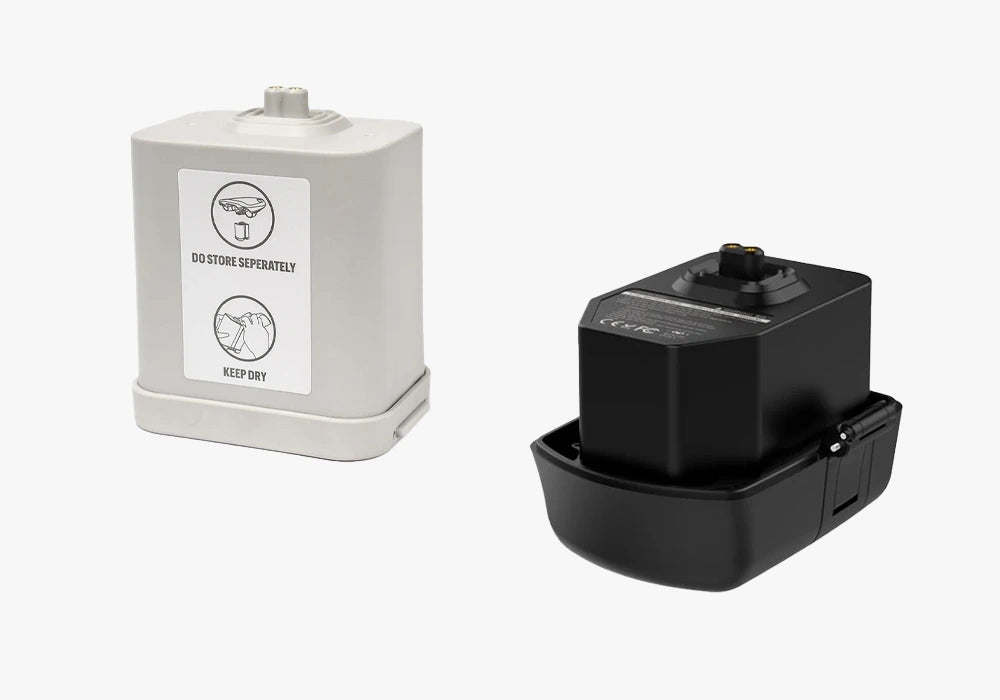




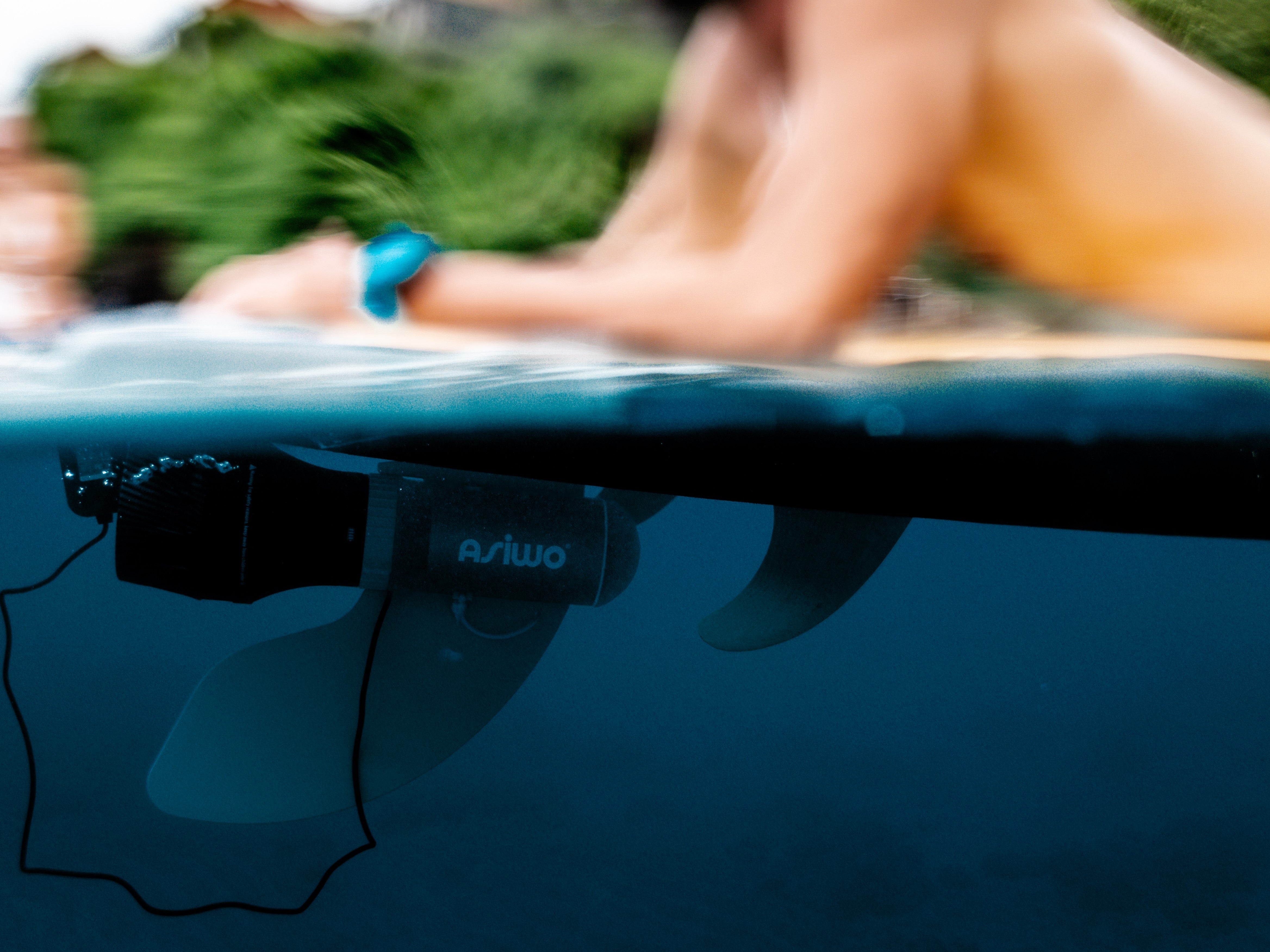
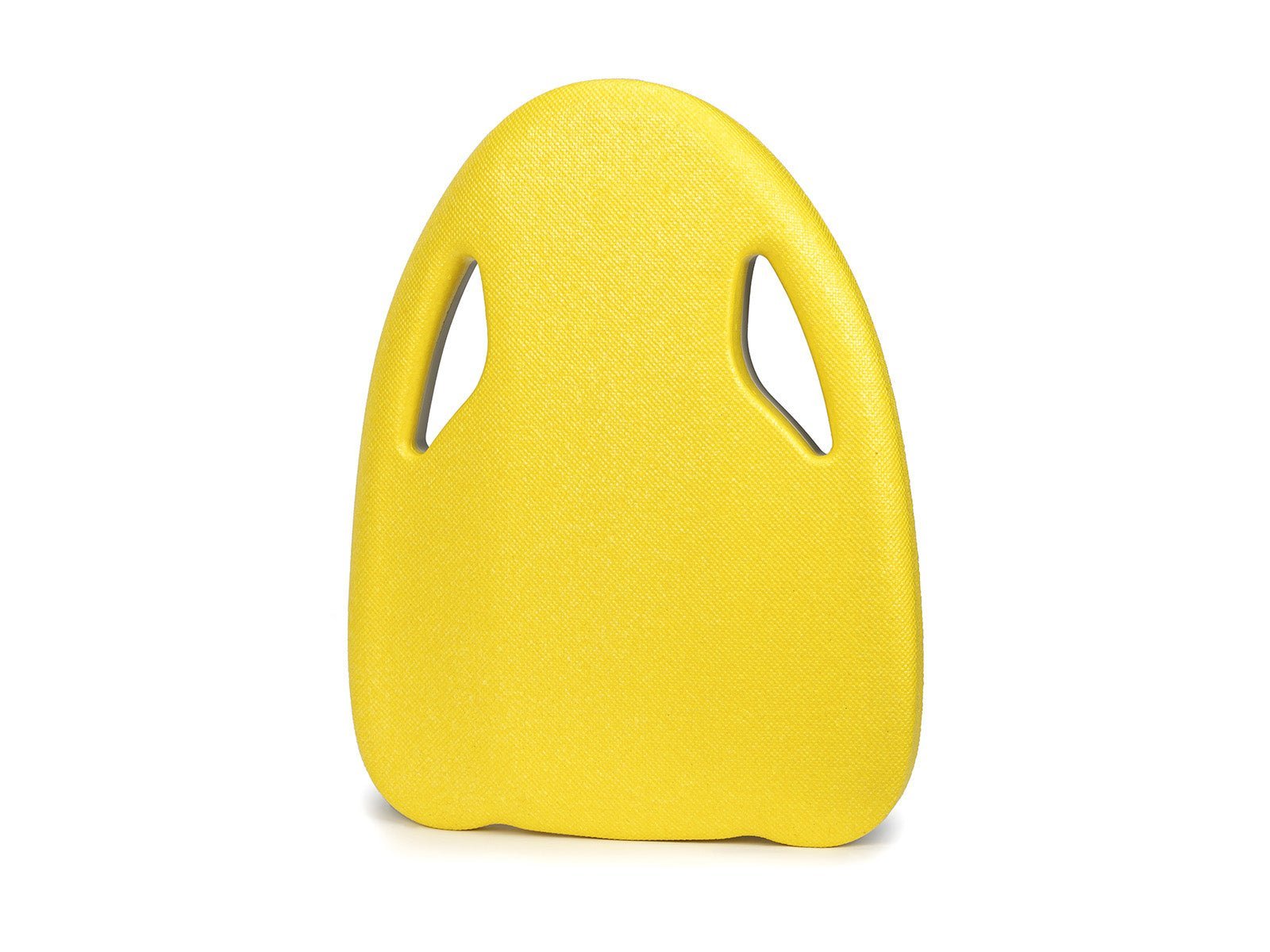
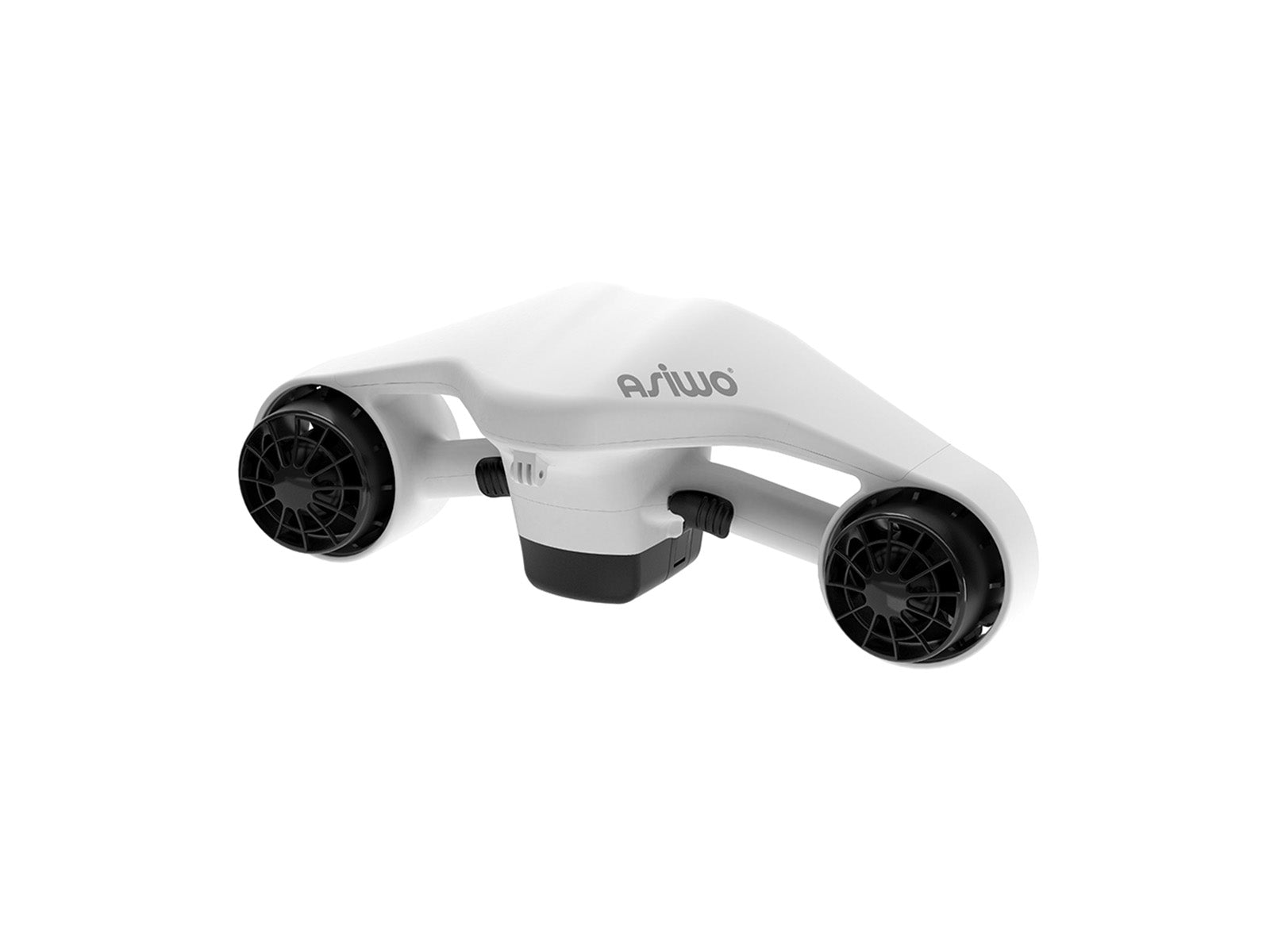
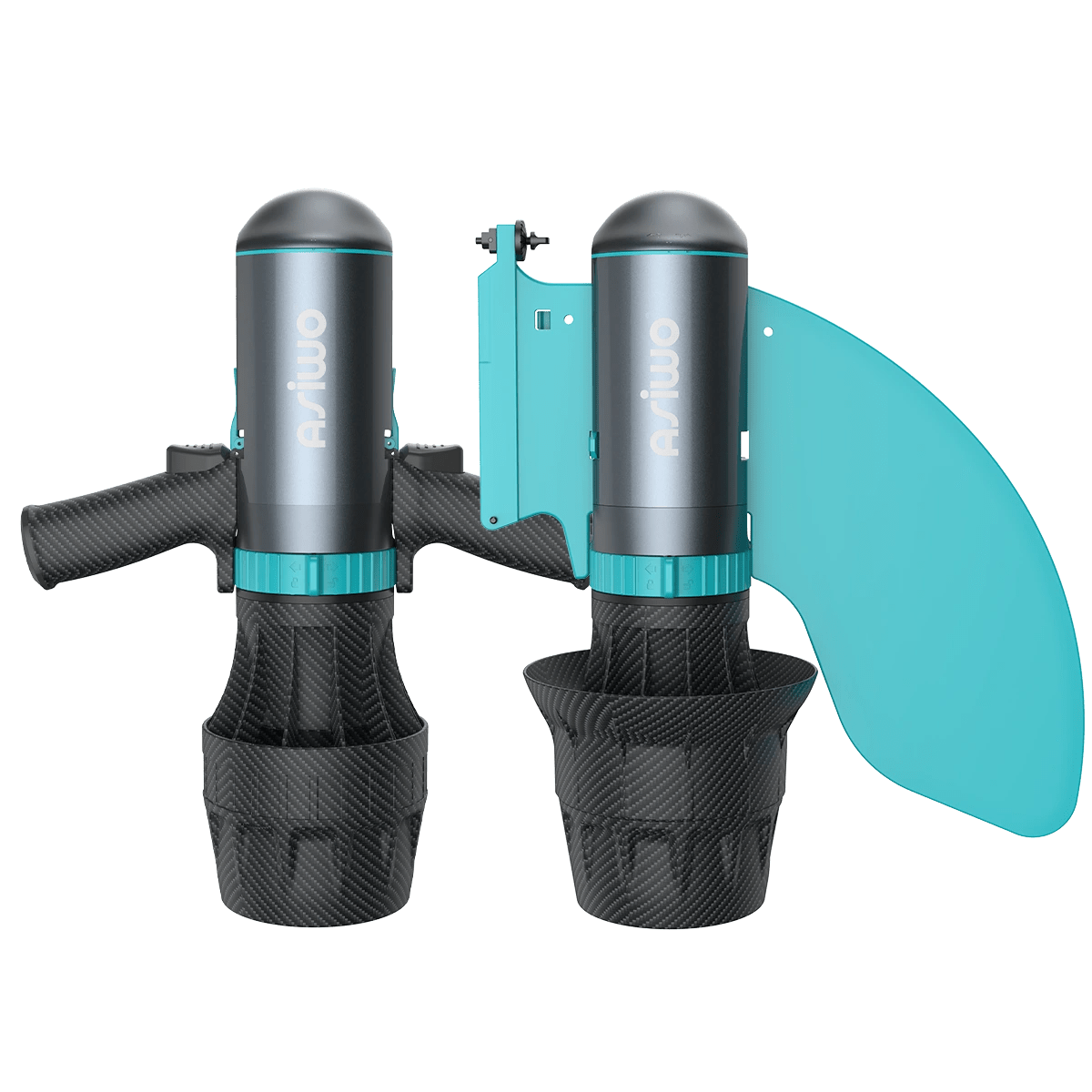


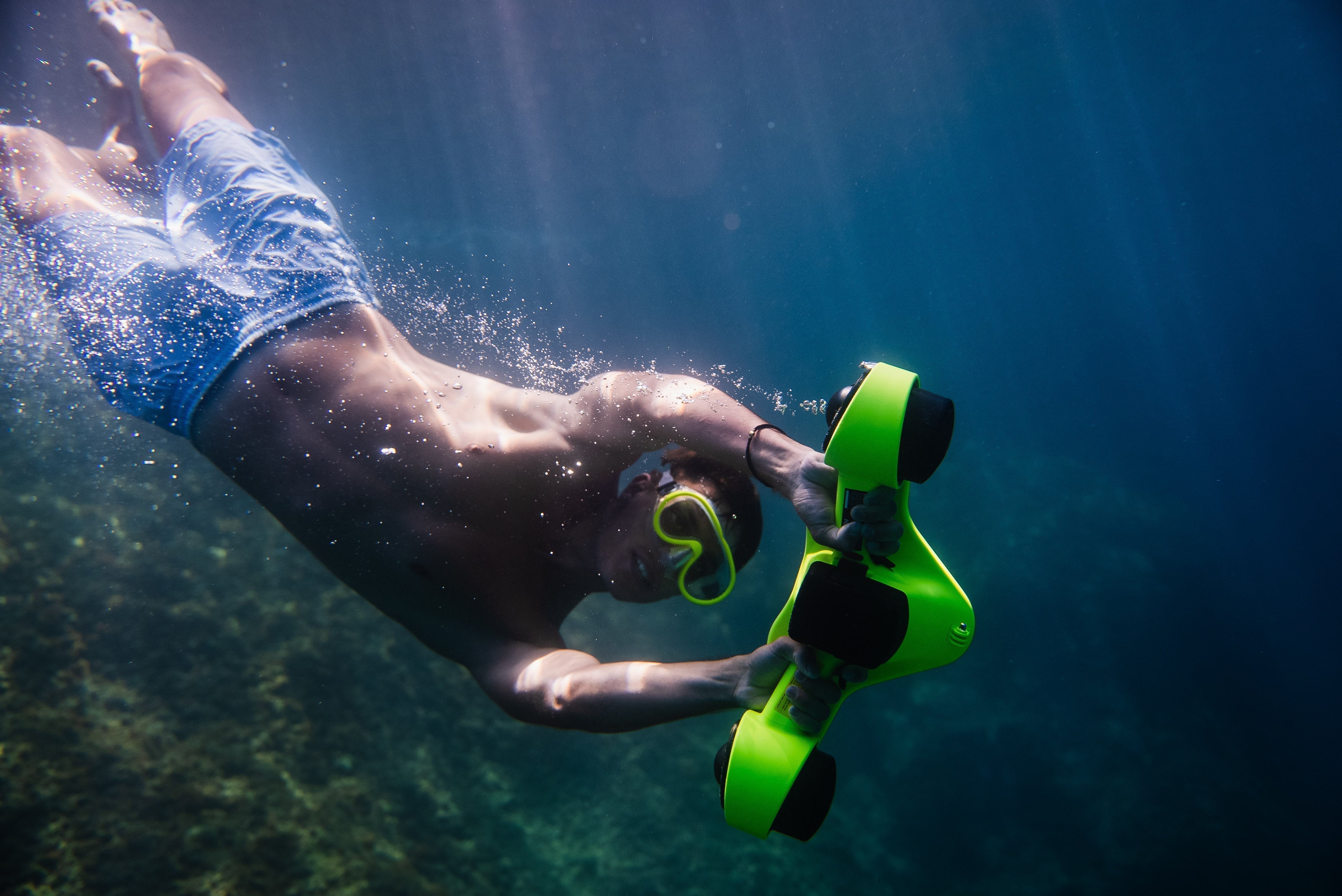
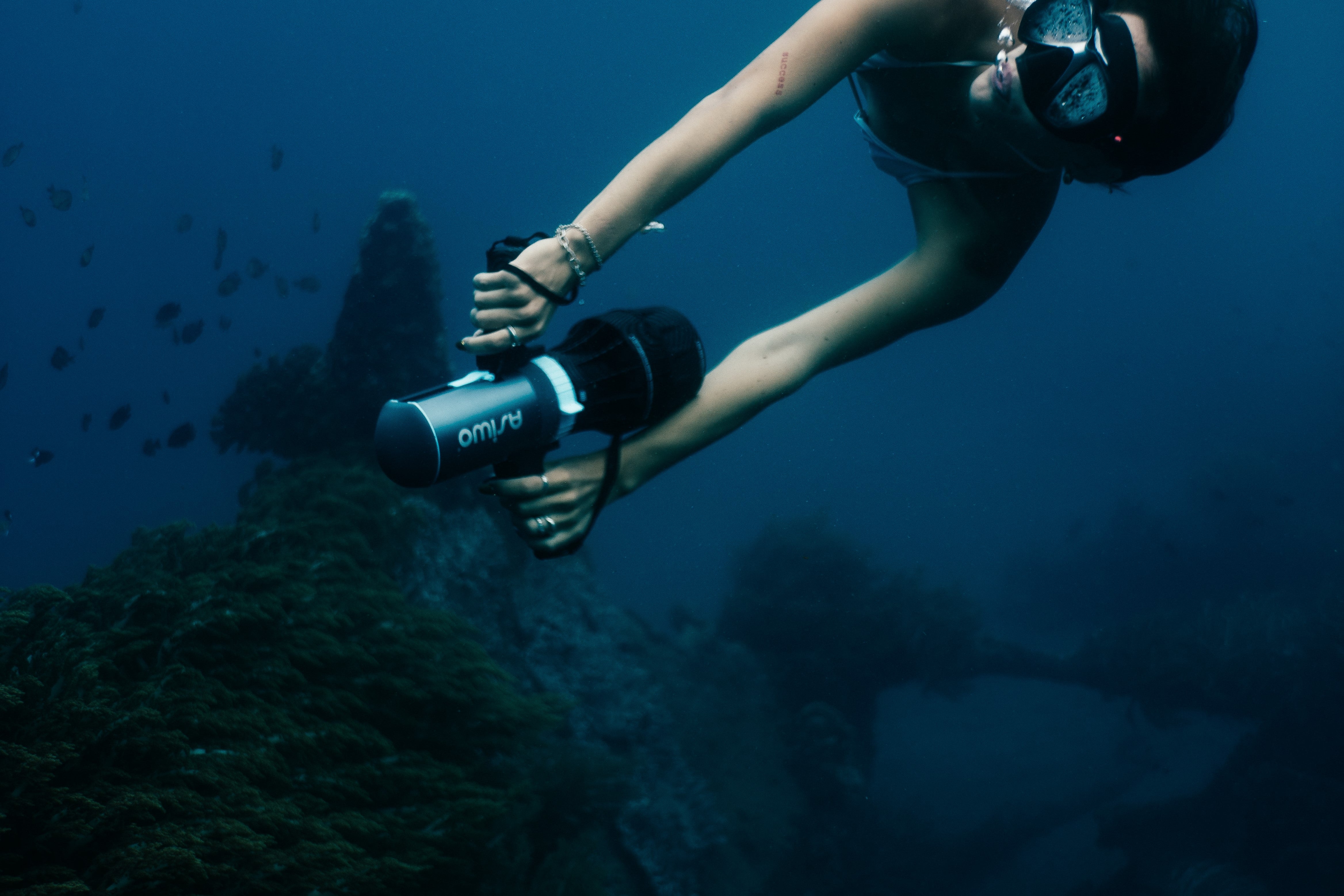
Lascia un commento